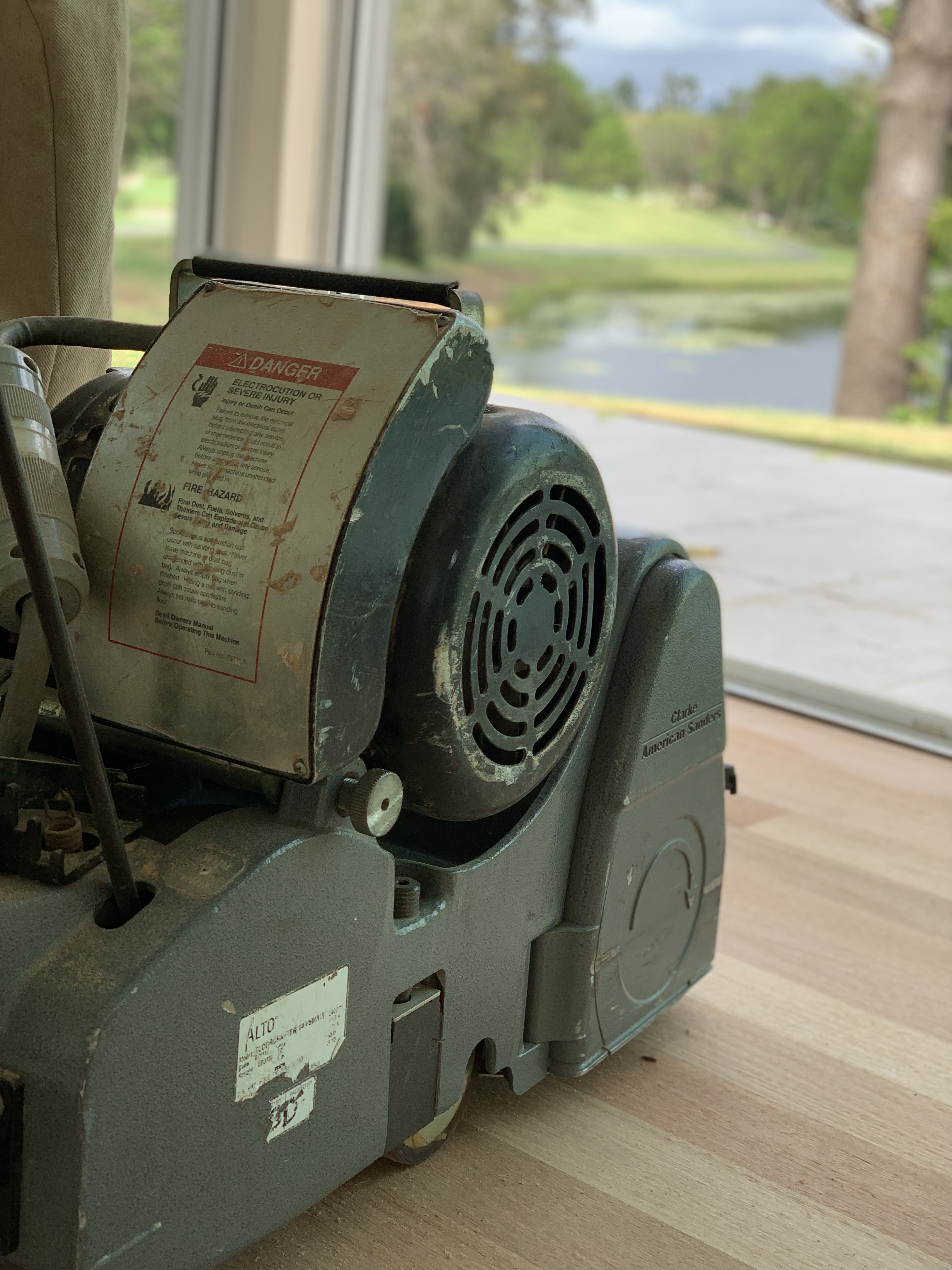The Ultimate Guide to Timber Floor Repair: Common Issues and Solutions
- Timber Vision concept

- Jun 26, 2023
- 3 min read
Updated: Jun 26, 2023

Timber floors are not only aesthetically pleasing but also durable and long-lasting. However, even the most well-maintained timber floors can develop issues over time, requiring timely timber floor repair or restoration. From minor scratches to significant structural damage, understanding common problems and knowing how to repair them is essential for preserving the functionality of your timber flooring. At Timber Vision Concept, we understand the importance of maintaining the beauty and integrity of your awesome timber floors. That's why we offer a comprehensive Maintenance Package to keep your floors in top condition. Our expert team will perform regular inspections, address any repairs or restorations needed, and provide professional advice on maintenance techniques to ensure the longevity of your timber floors. The cleaning frequency will be determined based on factors such as your living environment, foot traffic, and the amount of dirt brought in from outside areas like sidewalks or parking lots. Additionally, if you have pets, their paws can be particularly damaging to expensive wood finishes if not monitored and addressed for extended periods.
Let's explore the common issues in timber floors and fixing them.
Scratches and Surface Damage: One of the most common problems with timber floors is surface scratches and damage caused by daily wear and tear. To repair minor scratches:
Start by cleaning the affected area with a mild wood cleaner.
Use fine-grit sandpaper to gently sand the scratched surface, following the grain of the wood.
After sanding, clean the area again and apply a wood filler that matches the colour of your floor as part of your timber floor repair process.
Allow it to dry, and then sand it down until it is level with the surrounding floor.
Apply a protective coating, such as polyurethane, to seal the repaired area and restore its shine, ensuring a comprehensive timber floor restoration.
Gaps and Cracks: Timber floors can develop gaps and cracks due to changes in humidity and temperature or the natural settling of the building.
To repair small gaps, you can use a wood filler or putty that matches the colour of your floor during your timber floor repair process.
Apply the filler to the gap using a putty knife, making sure to fill it completely. Wipe off any excess filler and let it dry.
For more significant gaps or cracks, it may be necessary to use wood shims or strips of timber to fill the space before applying the filler.
Sand the repaired area to achieve a smooth finish, and seal it with a protective coating as part of your timber floor restoration process.
Cupping and Warping: Cupping and warping occur when the edges of timber boards curl or lift. These issues are often caused by excessive moisture or water damage.
The first step in repairing cupped or warped timber floors as part of your timber floor repair process is to identify and eliminate the source of moisture.
Once the moisture issue is resolved, the affected boards may gradually return to their original shape.
If the cupping or warping is severe, you may need to replace the damaged boards entirely during your timber floor restoration process.
This process involves carefully removing the damaged boards, installing new ones, and ensuring they are correctly aligned and secured, resulting in a comprehensive timber floor repair.
Stains and Discoloration: Stains and discolouration can mar the appearance of your timber floors, necessitating timber floor repair or restoration.
To remove stains caused by spills or pet accidents, start by cleaning the area with a wood cleaner.
If the stain persists, you can use a wood bleach or a stain remover specifically designed for timber floors during your repair process.
Apply the bleach or stain remover according to the manufacturer's instructions, and then rinse the area thoroughly with clean water.
Once the floor is dry, you can refinish it to restore its original colour and shine, completing your timber floor restoration.
Timber floors add warmth and elegance to any space, but they require regular maintenance and occasional timber floor repair or restoration to stay pristine. By understanding the common issues that can affect timber floors and following the steps outlined above, you can effectively identify and possibly address these problems to extend the lifespan of your flooring. Remember always to prioritize safety, use appropriate tools and materials, and consult a professional if you need clarification on any aspect of the repair process. With proper care and maintenance, your timber floors will continue to enhance the beauty and value of your home for years to come. To assist you in preserving your wooden floors between professional restorations, we provide a variety of supplies for do-it-yourself (DIY) polishing and timber floor restoration. Contact us today for more information and assistance. Let us help you preserve the natural elegance of your timber flooring.



Comentários